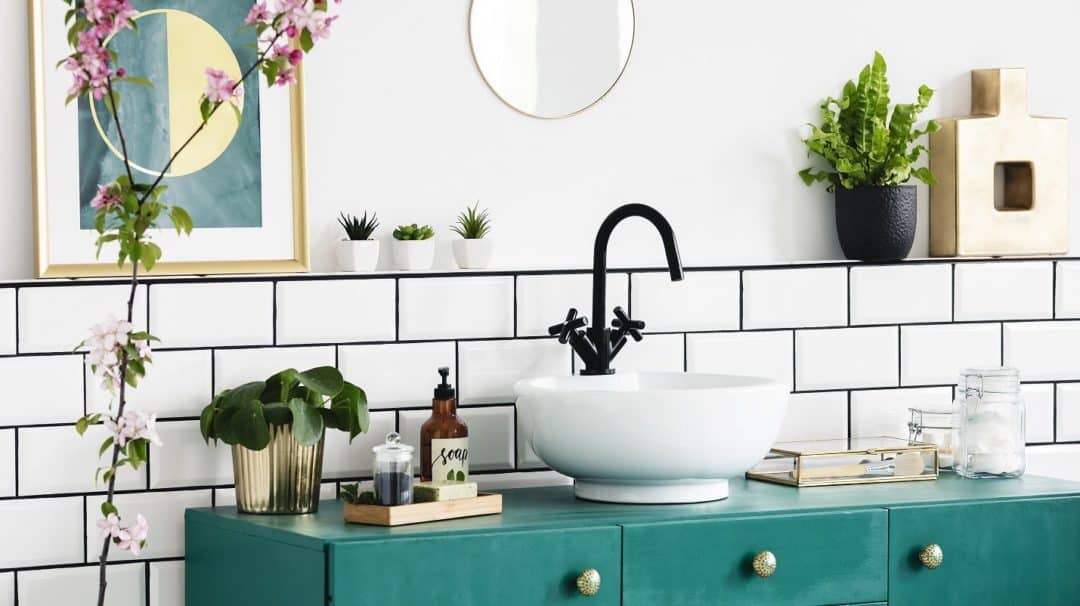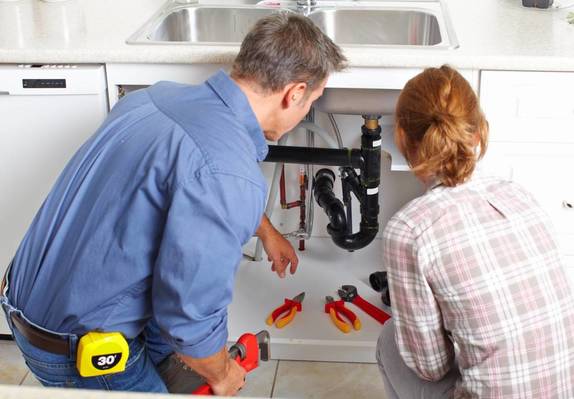We have come across this great article on Innovative Plumbing Trends Transforming Construction listed below on the net and thought it made sense to share it with you over here.

Introduction
The plumbing market is undergoing a transformative phase driven by technological developments and growing concerns for sustainability and efficiency. This write-up discovers emerging patterns and innovations shaping the future of pipes.
Smart Pipes Solutions
Including wise innovation into plumbing systems makes it possible for remote monitoring, leak discovery, and automated upkeep. Smart sensors and IoT (Net of Points) devices enable home owners and plumbings to monitor water use and discover issues in real-time, causing extra effective resource monitoring and positive maintenance.
Water Performance Solutions
With boosting emphasis on water preservation, innovative options are being created to decrease water wastefulness in plumbing systems. High-efficiency components, greywater recycling systems, and clever watering controllers are amongst the innovations aiding customers minimize their water footprint while preserving convenience and benefit.
Lasting Materials
The change towards sustainability encompasses pipes materials, with an expanding preference for eco-friendly alternatives. Biodegradable piping materials, such as PEX (cross-linked polyethylene) and HDPE (high-density polyethylene), offer resilience and resistance to corrosion without compromising environmental integrity.
Predictive Maintenance
Predictive upkeep strategies leverage data analytics and artificial intelligence algorithms to expect and stop pipes problems prior to they take place. By analyzing historic data and efficiency metrics, anticipating upkeep algorithms can determine patterns and anomalies, allowing positive treatments to prevent expensive repair work and disruptions.
Enhanced Truth in Plumbing
Increased Truth (AR) innovation is changing plumbing by giving professionals with real-time aesthetic guidance for repairing and repair jobs. AR-enabled clever glasses or mobile applications overlay electronic details onto the physical environment, helping plumbing professionals picture pipeline designs, recognize covert leakages, and implement repair work with accuracy.
Influence of 3D Printing
The introduction of 3D printing has actually presented brand-new possibilities in manufacturing pipes elements. From custom-designed fixtures to detailed pipeline fittings, 3D printing allows for rapid prototyping and on-demand production, lowering lead times and making it possible for greater customization in plumbing layout.
Health And Wellness Qualities
In response to heightened issues for health and safety, plumbing fixtures are integrating features such as antimicrobial surfaces, touchless operation, and self-cleaning devices. These technologies not only enhance health yet also advertise individual convenience and comfort.
Hygiene-focused Fixtures
Touchless taps, self-sanitizing toilets, and antimicrobial surface areas are ending up being increasingly prevalent in property and business setups, decreasing the risk of germ transmission and promoting a cleaner, healthier setting.
Water Quality Tracking
Advancements in water quality tracking innovations make it possible for homeowners to monitor the pureness and security of their water supply in real-time. Smart water top quality sensors can discover pollutants, pH degrees, and temperature level variations, encouraging users to take aggressive procedures to make certain water safety and security.
Remote Pipes Solutions
Remote diagnostics and digital assistance are reinventing the means pipes solutions are delivered. Through video clip conferencing and remote access technologies, plumbing technicians can fix concerns, supply advice for DIY repair services, and even perform remote examinations, using better accessibility and convenience to property owners.
Difficulties and Opportunities
While plumbing innovations hold tremendous pledge, they also present challenges such as information personal privacy problems, governing conformity, and the requirement for labor force training. Addressing these difficulties calls for partnership between industry stakeholders and regulatory bodies to make certain secure and responsible application of brand-new technologies.
Governing Landscape
Regulative frameworks play a crucial function in shaping the fostering of plumbing innovations, with requirements and codes governing everything from water effectiveness to item safety. As innovations remain to evolve, regulatory bodies have to adapt to make sure customer protection and environmental stewardship.
Future Outlook
The future of pipes is defined by proceeded innovation and integration with various other industries such as IoT, renewable energy, and building automation. By welcoming sustainable techniques, leveraging emerging technologies, and prioritizing user-centric design, the pipes industry is poised to deal with the advancing requirements of culture while reducing its ecological footprint.
Verdict
In conclusion, the future of pipes is defined by a merging of technology, sustainability, and user-centric layout. By accepting wise solutions, lasting products, and positive maintenance methods, the pipes sector can boost performance, promote security, and contribute to a much more lasting future.
Plumbing Industry Trends You Need To Know
Smart technology in plumbing
Homeowners want to be able to manage their homes from their phones. The technology exists to make that happen. From smart toilets to leak detector devices, the whole plumbing system can be managed on an interconnected network made up of sensors, IoT devices, and machine learning algorithms.
This allows for wireless control to turn appliances on and off, automate routines, and access advanced monitoring to track water usage and flag potential issues. Smart technology streamlines water consumption, maintenance and energy usage, creating a more efficient system.
Green plumbing
The data analysis possible with smart technology not only improves convenience and cost-effectiveness but also fulfills a high-priority customer desire – sustainability. Consumers are very aware of their impact on the planet and want plumbing solutions to reduce damage and support sustainability. Eco-friendly plumbing solutions are already starting to emerge.
Customers can opt for low-flow toilets, water-saving faucets, and connections to sustainable energy sources. Beyond monitoring water consumption, customers can conserve water through the installation of greywater systems. This is a system that collects water that has been used but is still clean enough for some household uses such as toilet flushing.
Shorter product pipeline
To keep up with modern plumbing, plumbers need modern tools that enable them to complete jobs more efficiently. One technology making strides in this area is 3D printing. By 3D printing key plumbing fixtures, plumbers can reduce wait times even for specialized fixtures. It minimizes delays often seen in traditional manufacturing that frustrate customers and prevent plumbers from taking on more work.
Off-site repairs
Augmented reality is making a splash in many industries including plumbing. Plumbers can map a building online so they can explore the plumbing system through augmented reality, identifying areas of maintenance and repair completely digitally. This technology can be applied quite widely in plumbers’ work including planning installations and training new recruits. It’s safer, smarter and more efficient.
Low-footprint materials
Another way for plumbing companies to reduce their environmental footprint and meet the customer demand for sustainability is by using recycled materials in their work. The products they source and manufacture such as pipes, fixtures and faucets can be made from recycled materials. This saves the planet while being just as effective.
Onsite water purification
Additionally, plumbing companies can be advocates of water conservation and ease the financial and environmental concerns of customers by offering water purification systems. New water purification technology such as reverse osmosis systems and UV systems make it possible for homeowners and business owners to thoroughly cleanse water, removing contaminants onsite. This means the water can be safely reused in more ways than greywater can be, establishing a water recycling loop.
Tankless water heaters
Another innovation of modern plumbing is tankless water heaters. The idea is that the water is heated on demand as it runs through the system instead of being heated in a water tank. This is more energy efficient and therefore cost-effective and eco-friendly because water isn’t heated needlessly.

Do you enjoy reading about The Future of Plumbing: Trends and Innovations to Watch? Make a short review further down. We will be delighted to hear your thinking about this write up. We are looking forward to see you back again in the future. Do you know somebody who is sincerely interested in the niche? Why not promote it. I appreciate your readership.
Website